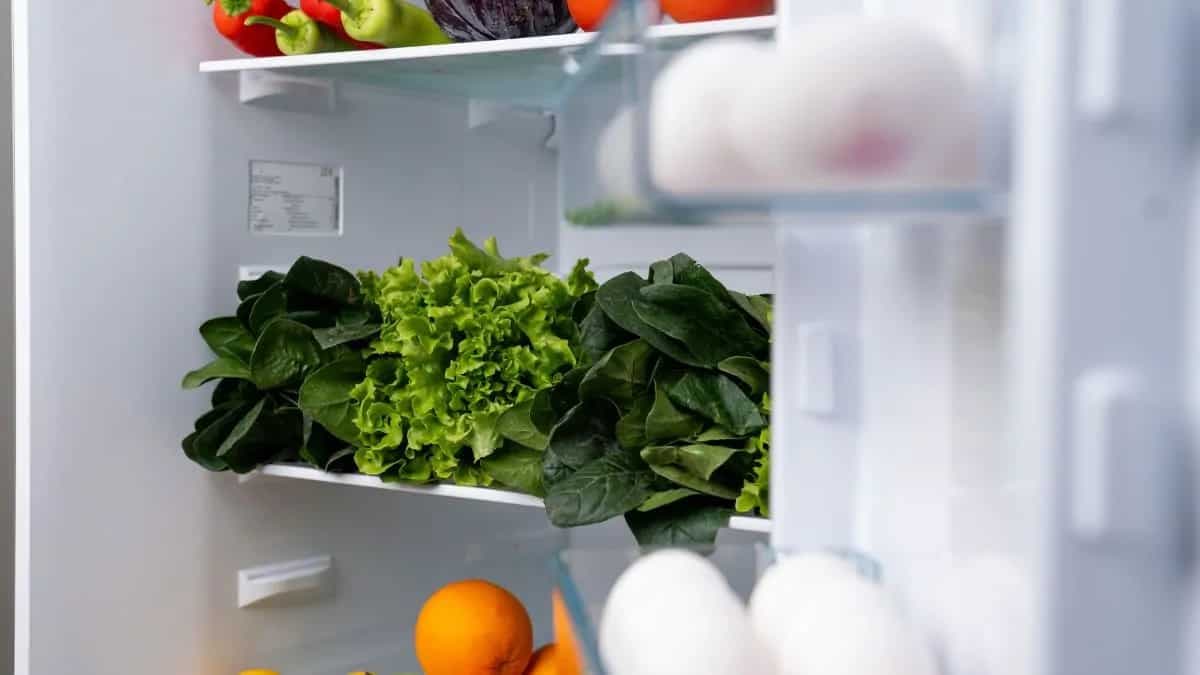When buying high quality fresh produce, one of the common flaws that leads to their spoilage is improper storage or lacking understanding of the conditions in which they can be best preserved. With regards to refrigerating vegetables, fruits or herbs, having a certain level of thoughtfulness counts towards extending their freshness until the time they’re ready to be cooked or treated further, based on what their utility looks like. The refrigerator - a key kitchen equipment that stores and preserves, can be of a different configuration and capacity depending on the size of one’s space. Besides, when a fridge is stocked up with groceries, remembering when they need to be used by becomes the bit that’s most challenging - thus increasing chances of decay. To prevent or minimise this in the least, the wise way would be to get a sense of how one can execute simple ways of keeping their textures and colour intact while also conserving their nutritional value.
Trimming

Image Credits: Pexels
While storing root vegetables such as turnips, carrots or pink radishes in the fridge, it is advisable to remove their leafy tops since the leaves continue to draw moisture from the root - causing it to shrivel and lose its crisp texture. Moreover, the leafy tops also have a shorter shelf life compared to the root vegetable; if they begin to decay, it also accelerates chances of spoilage of the root itself. When storing bunches of spinach or amaranth leaves, always make it a point to discard any soggy or wilted ones from the fresh as a way to prevent moisture transfer or rapid decaying. With vegetables such as asparagus and leeks, trimming the bottom bits before placing them in sugar water can maintain their green appearance and freshness until they’re ready to be cooked.
Attention To Packaging

Image Credits: Pexels
With produce like mushrooms or eggs, using the packaging in which they’ve been bought is a great way to extend their shelf life and also use in batches, if cooking for a limited number of individuals. Cartons or boxes in which the produce arrives helps prevent the absorption of other fridge odours that might lead them to taste unpleasant eventually, since mushrooms and egg shells are believed to be porus. If purchasing produce in knotted bags, a better way would be to untie them, as a way to enable the groceries to breathe and find more room instead of being squished against each other. Vegetables or herbs sold in bunches are often tied together with rubber bands or twine, trapping any moisture they might have encountered and leading to quick spoilage. Untying them allows a release while also separating sprigs from one another to spot any yellowing or wilted ones.
Also Read:
Moisture For Greens

Image Credits: Pexels
For bunches of coriander or parsley, as well as heads of fresh lettuce, wrapping them loosely in moistened kitchen towels enables in the preservation of their cellular structure. Moisture allows the plant cells to remain hydrated, thus preserving their vibrant green tones while creating what is known as turgor pressure - a phenomenon where water inside plant cells pushes against the cell walls, retaining their firmness and crisp texture. Keeping the storage environment fairly humid slows down the loss of moisture as well as decay, which might cause them to appear brown or leathery. Using a spray bottle to moisten the kitchen towels is a great way to maintain an ideal level as opposed to rinsing it under water, since over-moisturising might lead to leaves becoming slimy or mold-infested.
Decide When To Wash

Image Credits: Unsplash
With vegetables such as bell peppers, squash, pumpkin and gourds, it is a good idea to postpone washing them until just before cooking. Most produce, if compartmentalised correctly, can remain in mint condition without being exposed to moisture that might penetrate their outer surface and disrupt their integrity. Similarly, with fresh grapes, rinsing and drying them just before they are ready to eat can be a great way to keep them firm and crisp as opposed to soggy and limp. However, in the case of fresh blueberries, strawberries and raspberries, rinsing and drying them as soon as they have been unpacked can help them last longer since it kills mold spores and microbes that might lead to perishing.


